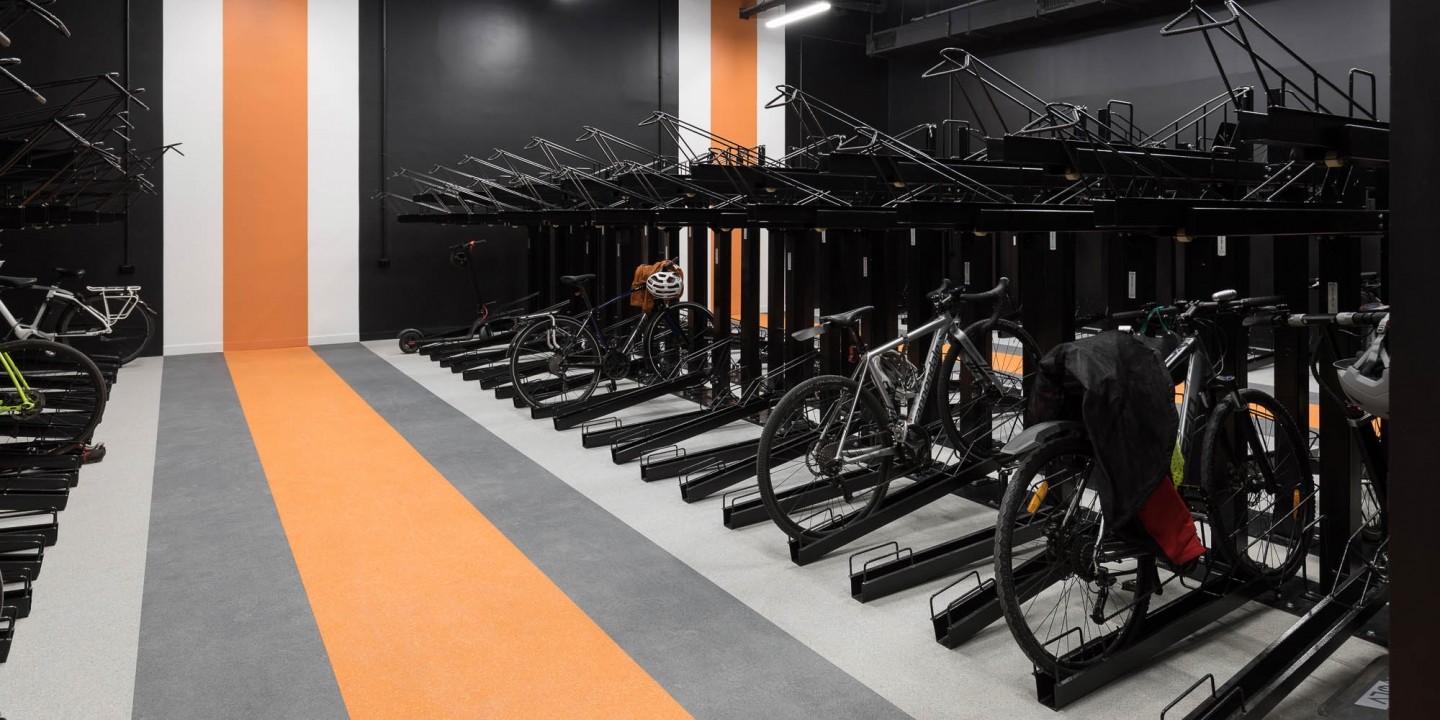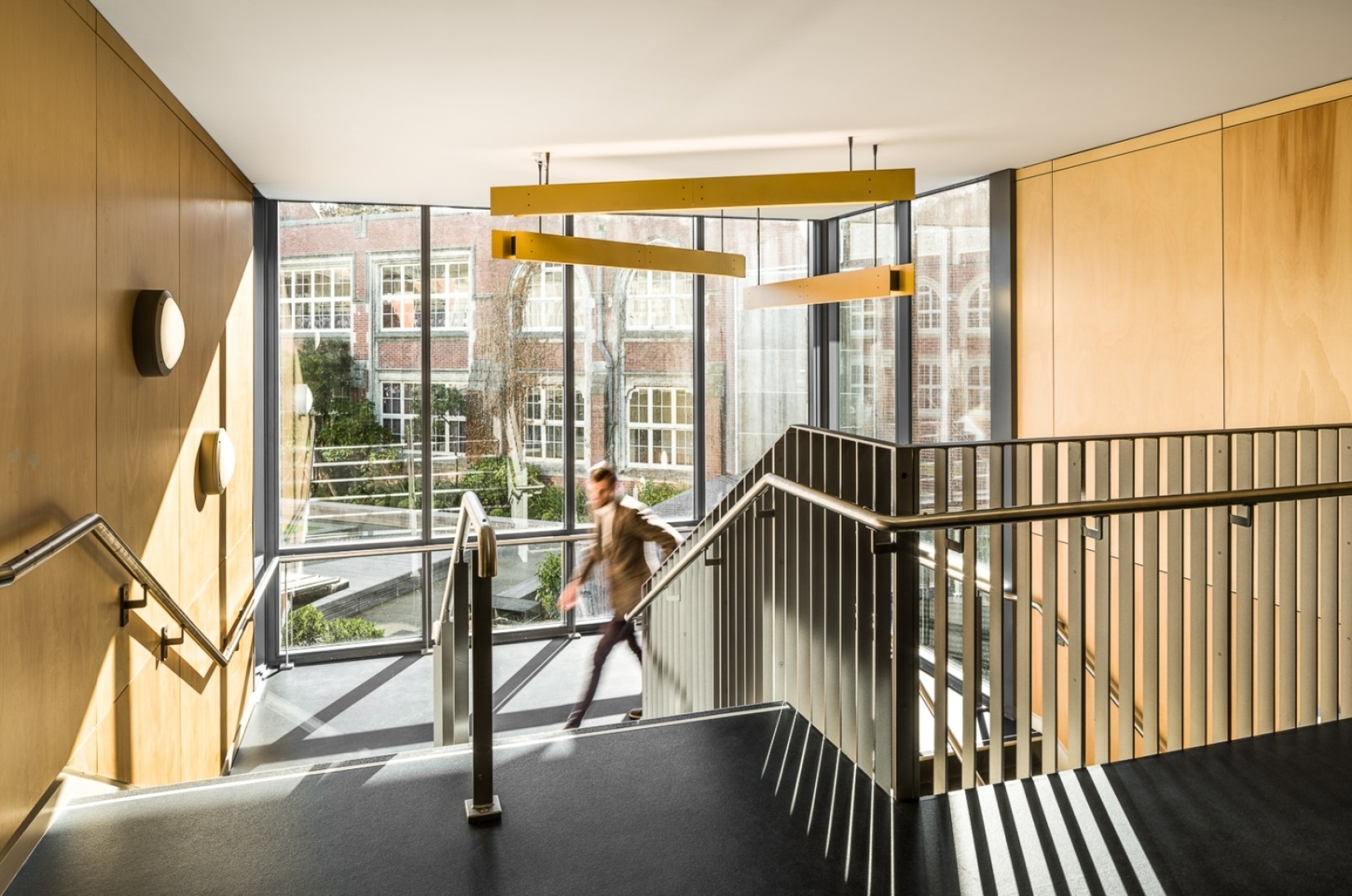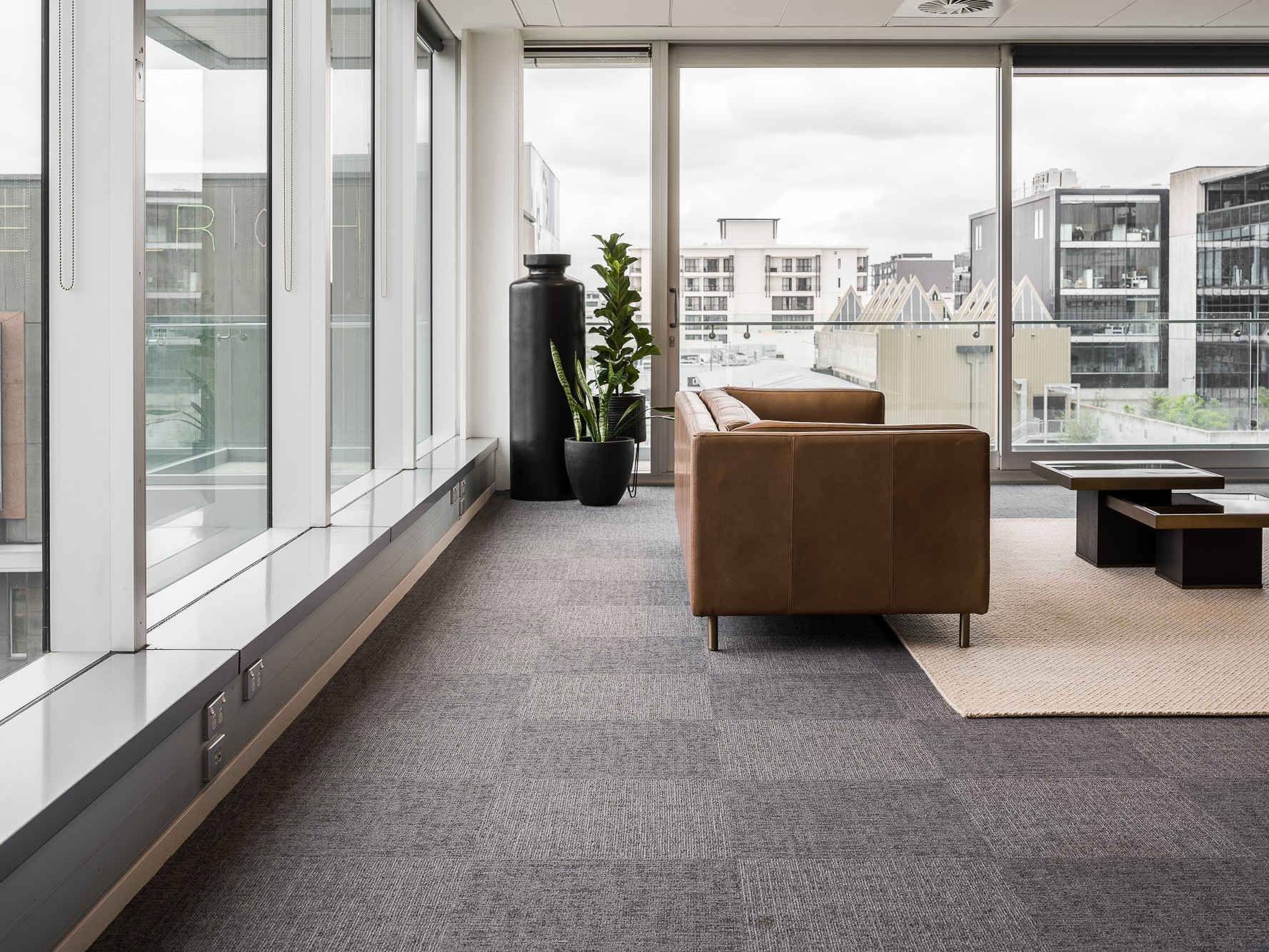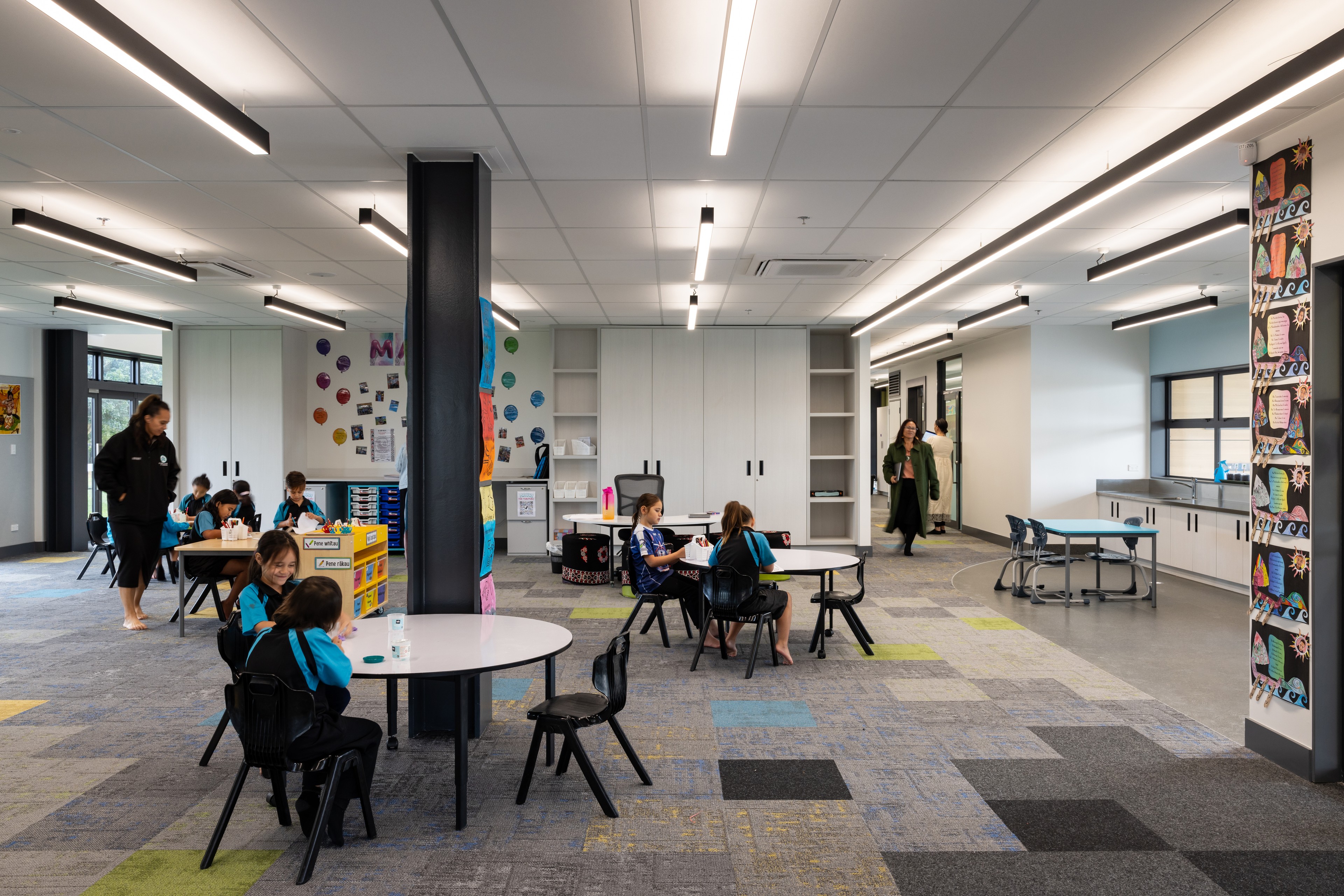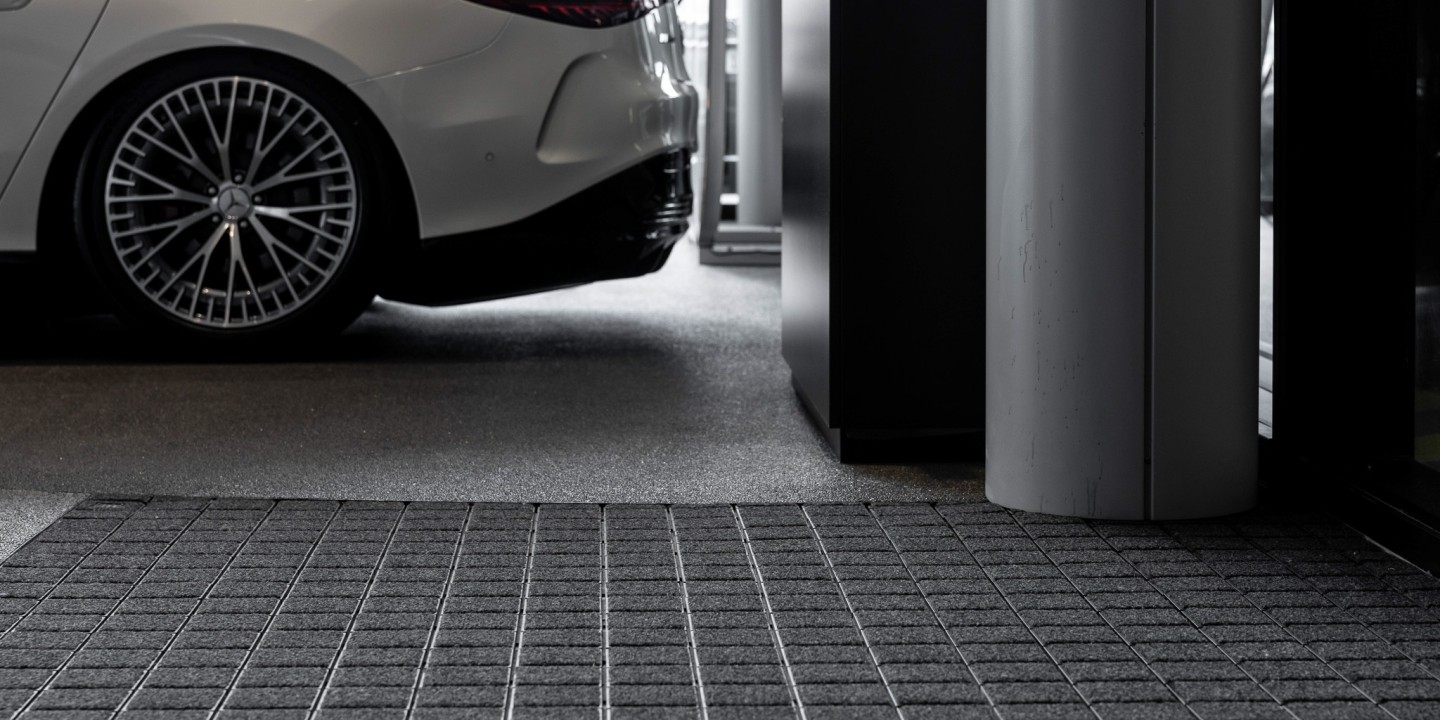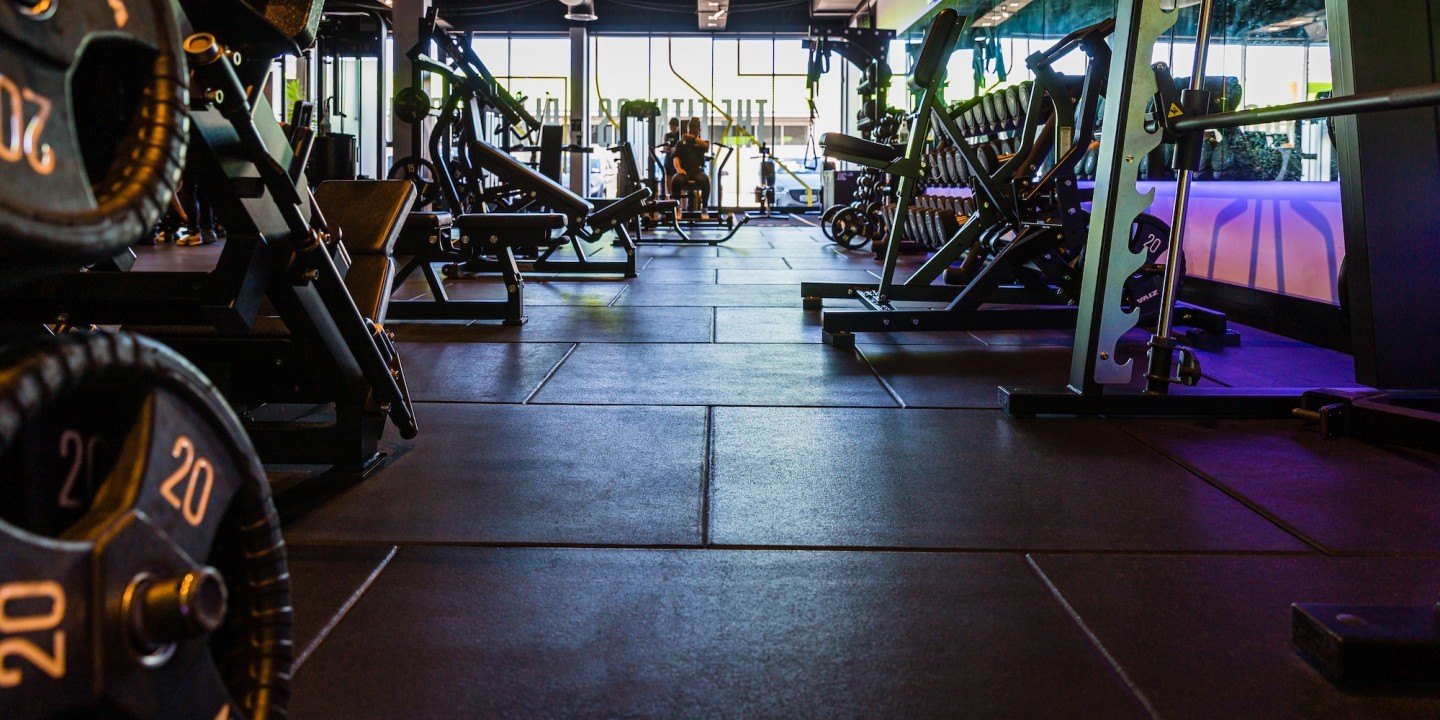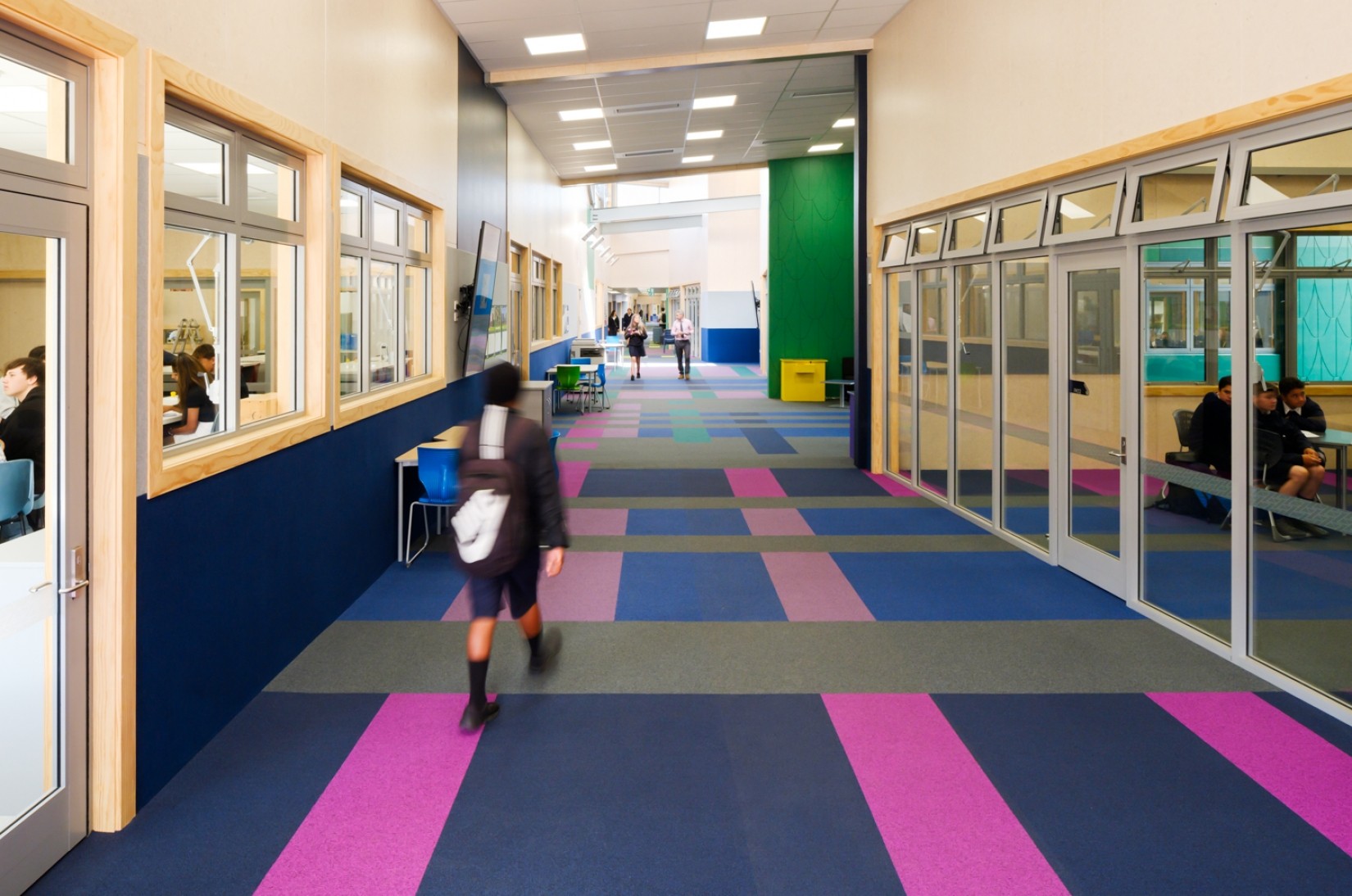When it comes to choosing commercial carpet tiles, one of the selection criteria is how it’s going to look. Made from synthetic yarn which can be woven into an infinite range of colours and patterns, carpet tiles can provide the right look for any environment. And because synthetic fibre is so durable, they can maintain that look for years – but only if the yarn is dyed the right way.
Carpet tiles are typically made from nylon, polyester, or polypropylene fibres, which may come from recycled material. The fibres are coloured by either a solution-dyed or piece-dyed process. Of the two, solution-dyeing provides by far the best result. We can think of it as the difference between a radish and a carrot: the radish is only red on the outside (piece-dyed), while the carrot is orange all the way through (solution-dyed).
The synthetic yarn begins as a polymer melt in liquid form. The liquid undergoes polymerization to create long fibres or threads. The fibres are then spun together to form a strong, durable material that is ideal for carpets.
The piece-dyeing process begins after the fibres have already been spun – either when they remain loose or after they have been woven. Intense pressure may be used to force the dye into the threads to help the colour last longer. Alternatively, the fibres may be dipped in vats of dye. Either way, it is nearly impossible to fully integrate the dye with the fibres once the material has already been formed, and most of the colour remains on the outside of the thread.
When yarn is solution-dyed, however, the colour for the finished product is added at the beginning during the liquid stage, and the liquid is then cooled and spun as usual. The process does not require water and uses less energy than piece-dying. It also completely integrates the colour into the material, making for a more vibrant and long-lasting result when exposed to sunlight and physical wear. This is particularly important in New Zealand’s high UV environment, which can cause piece-dyed carpets to begin fading far more quickly than solution-dyed carpets do.
Furthermore, piece-dyed carpets are typically restricted to a single colour. And while Advance Flooring’s solution-dyed carpet tiles are available in a huge range of single colours – from subtle greys to vibrant neons and all shades in between – different coloured threads are also woven into patterns, both subtle and complex. The tiles can then be combined to dramatic effect, making Advance carpet tiles a great medium for creating personalised, expressive designs.
All of Advance’s carpet tiles are woven from solution-dyed synthetic yarns. We recommend them for their excellent fade-resistance under New Zealand conditions; this, combined with great stain resistance and durability, means Advance carpet tiles will carry on looking good, even after years of use. Piece-dyed carpet tiles are also available on request.








